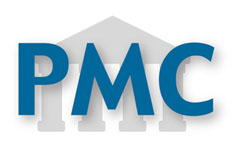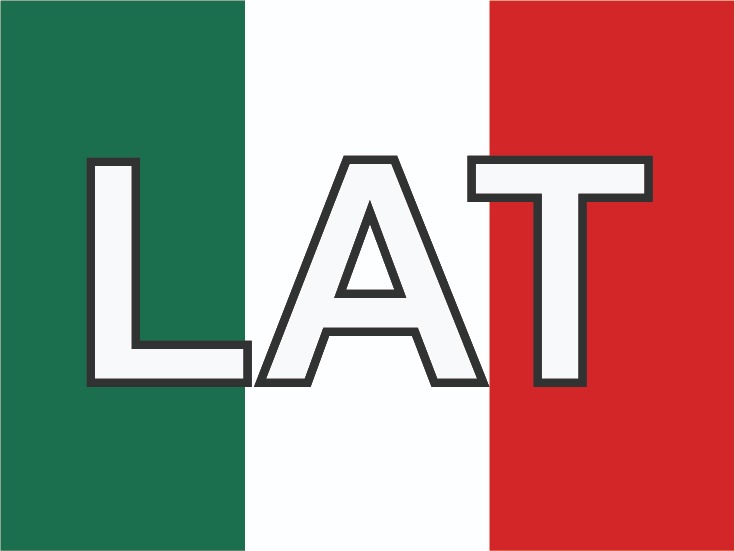Standardization of a quantification method for Salmonella spp. and Shigella spp. in specific liquid media
Abstract
Introduction: Chlorination is the most widely used disinfection process for drinking water production. The formation of chlorination carcinogenic by-products and chlorine intoxication by direct manipulation in small communities has motivated the study of alternative disinfection processes. In this sense, processes of advanced oxidation (PAOs) have yielded promising results. Escherichia coli (E. coli) is customarily used as faecal bacterial indicator to determine the efficiency of disinfection processes. However, it has been shown that E. coli is less resistant to disinfection than other enteric bacteria such as Shigella spp. and Salmonella spp. Additionally, the viable non-culturable (VNC) state yields bacteria which are not detectable on many culture media.Objective: The main objective is to standardize a method for counting Salmonella spp. and Shigella spp. in specific liquid media to reliably quantify the bacteriological potential risk related to disinfection processes based on PAO.
Methods: The study followed a randomized bi-factorial experimental design and the Duncan multiple comparison test. This design allowed the selection of specific liquid media to fittingly standardize the counting of Salmonella spp. and Shigella spp.
Results: We found that the best broth for counting Salmonella typhimurium strain at different concentrations in pure and mixed cultures was the Rappaport broth RP, the EE broth also allowed growing the two bacterial species tested in this research. Nonetheless, the latter results suggest the use of additional tests for this particular broth.
Discussion: There was a variation in the counting results when pure cultures were used compared to those obtained from mixtures of microorganisms. It was also noted that Salmonella typhimurium and Shigella sonnei, were recovered from minimal concentrations in both RP and EE broths, respectively. To some extent, this suggests an additional confirmative method when using the EE® broth.
Conclusion: MPN is a rapid and inexpensive method; easy to apply in water and other contaminated environments where counting of Shigella spp. and Salmonella spp. is needed to estimate potential bacteriological risks. The broths selected were able to recover the two bacterial species from densities as low as 10 cells per 100 ml.
Authors
Downloads
Download data is not yet available.
Submitted
2010-09-06
|
628 |
How to Cite
Rivera, S., Flórez, L., & Sanabria, J. (1). Standardization of a quantification method for Salmonella spp. and Shigella spp. in specific liquid media. Colombia Médica, 41(1), 60-70. https://doi.org/10.25100/cm.v41i1.686
Issue
Section
Original Articles
The copy rights of the articles published in Colombia Médica belong to the Universidad del Valle. The contents of the articles that appear in the Journal are exclusively the responsibility of the authors and do not necessarily reflect the opinions of the Editorial Committee of the Journal. It is allowed to reproduce the material published in Colombia Médica without prior authorization for non-commercial use




















